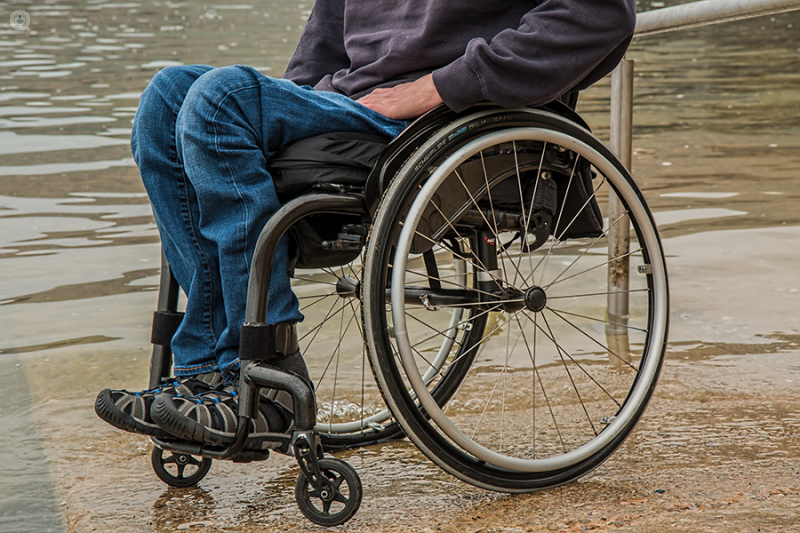


What is post-polio syndrome?
Post-polio syndrome is a rare neurological condition which can affect people who have been affected by polio in the past. It involves symptoms of polio returning years or even decades (10 – 40 years) after the original polio infection.
Because polio was wiped out in the UK in the 1980s, post-polio syndrome only affects older adults who contracted polio earlier in life. Still, there are more than 100,000 British survivors of polio alive today .

Prognosis
Post-polio syndrome is rarely life-threatening, though if someone develops breathing and swallowing difficulties in relation to the condition, they may be more vulnerable to chest infections.
Symptoms of post-polio syndrome
Symptoms of post-polio syndrome tend to develop gradually, and can include:
- general fatigue
- muscle fatigue
- weakness in the muscles and muscle loss
- muscle and Joint pain
- sensitivity to the cold
- breathing and swallowing problems
- weight gain due to reduced physical activity
- walking difficulties
- sleep apnoea
How is post-polio syndrome diagnosed?
It can be difficult to diagnose post-polio syndrome, because:
- It’s not often clear whether someone has had polio in the past. This is because many people who have had polio fought off the infection without ever being diagnosed.
- There is a relative lack of knowledge about polio among health professionals , many of whom have never had to diagnose a case of polio.
- Post-polio syndrome can easily be confused with other conditions , such as arthritis.
Your GP may suspect polio if you have had it in the past, and your symptoms have developed gradually. It is likely that they will refer you on to other specialists to conduct tests that may rule out other possible conditions. These tests can include:
An MRI or CT scan of your bones and muscles
- Sleep studies to diagnose sleep apnoea
- Lung function tests to check how well you can breathe
- Electromyography (EMG) tests to see if there is any damage to your nerves and muscles
How is post-polio syndrome treated?
Post-polio syndrome cannot be cured, and the progression of the condition can’t be slowed down. Treatment focusses on managing the symptoms, and can include:
- physical therapy to help strengthen your muscles
- speech therapy to help with any swallowing difficulties
- treatment for sleep apnoea, including advice on changing your sleeping patterns
- medication to relieve join and muscle pain
- advice on how to conserve your energy with “pacing” techniques
- mobility equipment, such as a walking frame or scooter, to help you get around
You can also help manage the condition by controlling your weight and eating healthily, to help reduce any strain on your muscles and joints.
The healthcare team for post-polio syndrome is likely to be diverse, composed of physiotherapists, occupational therapists, neurologists, and speech and language therapists.